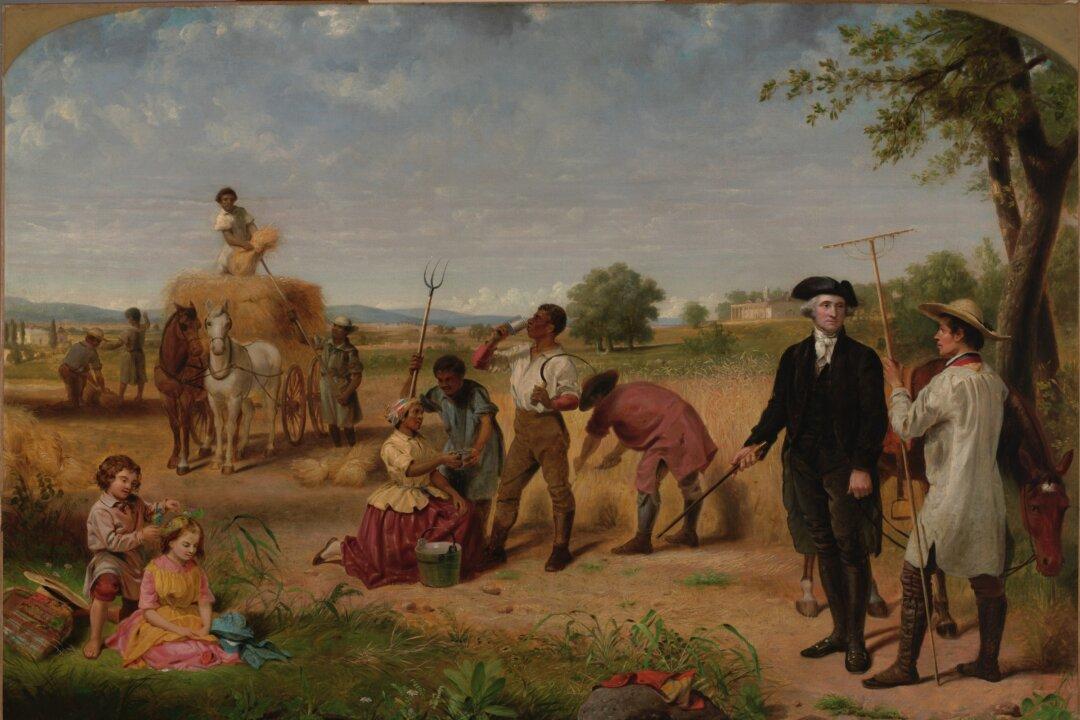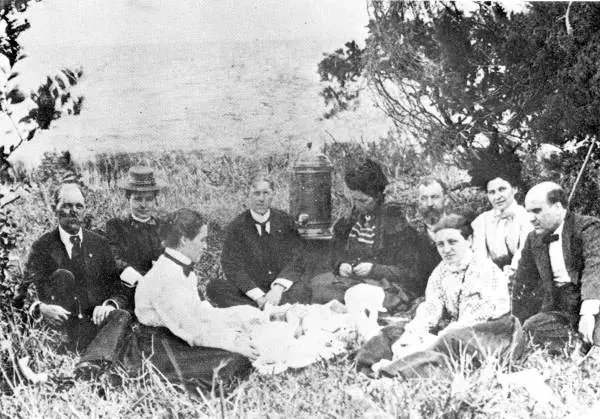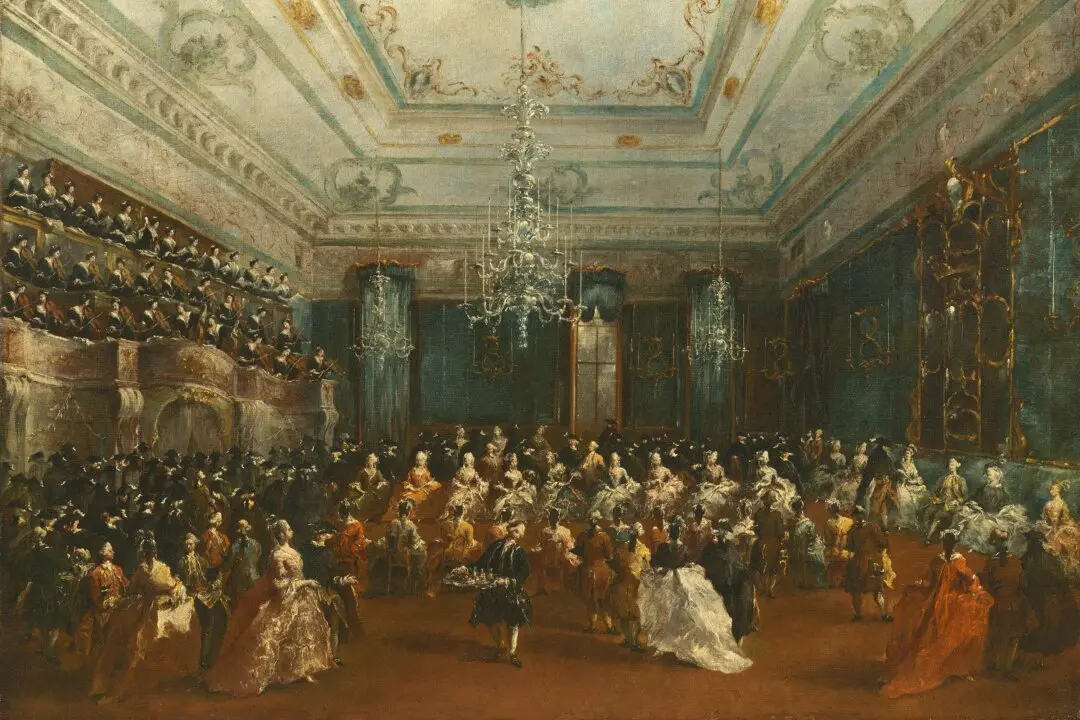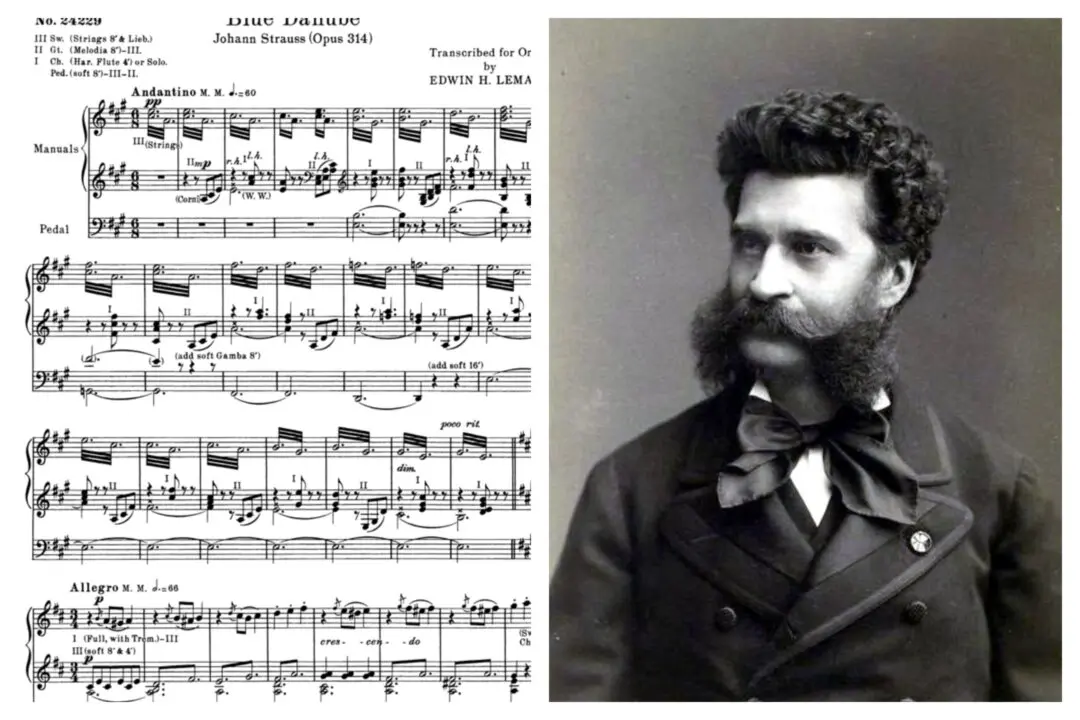John Hunter, an Englishman who kept a detailed diary of his visit to Mount Vernon in 1785, wrote that George Washington “is one of the most regular men in the world,” always going to bed “at nine and waking up with the sun.” After taking a tour of the estate’s large acreage and observing Washington strip off his coat to work “like a common man,” Hunter wrote, “his greatest pride now is to be thought the first farmer in America. He is quite a Cincinnatus.”
Hunter was not the first person to compare the Virginian general to the famous Roman. Cincinnatus left his plow to take up the sword and then returned to his farm after saving the republic. Washington fully embodied his reputation as the “American Cincinnatus,” making Mount Vernon a world unto itself, and even outdoing his ancient predecessor with his innovative ideas on agriculture.





